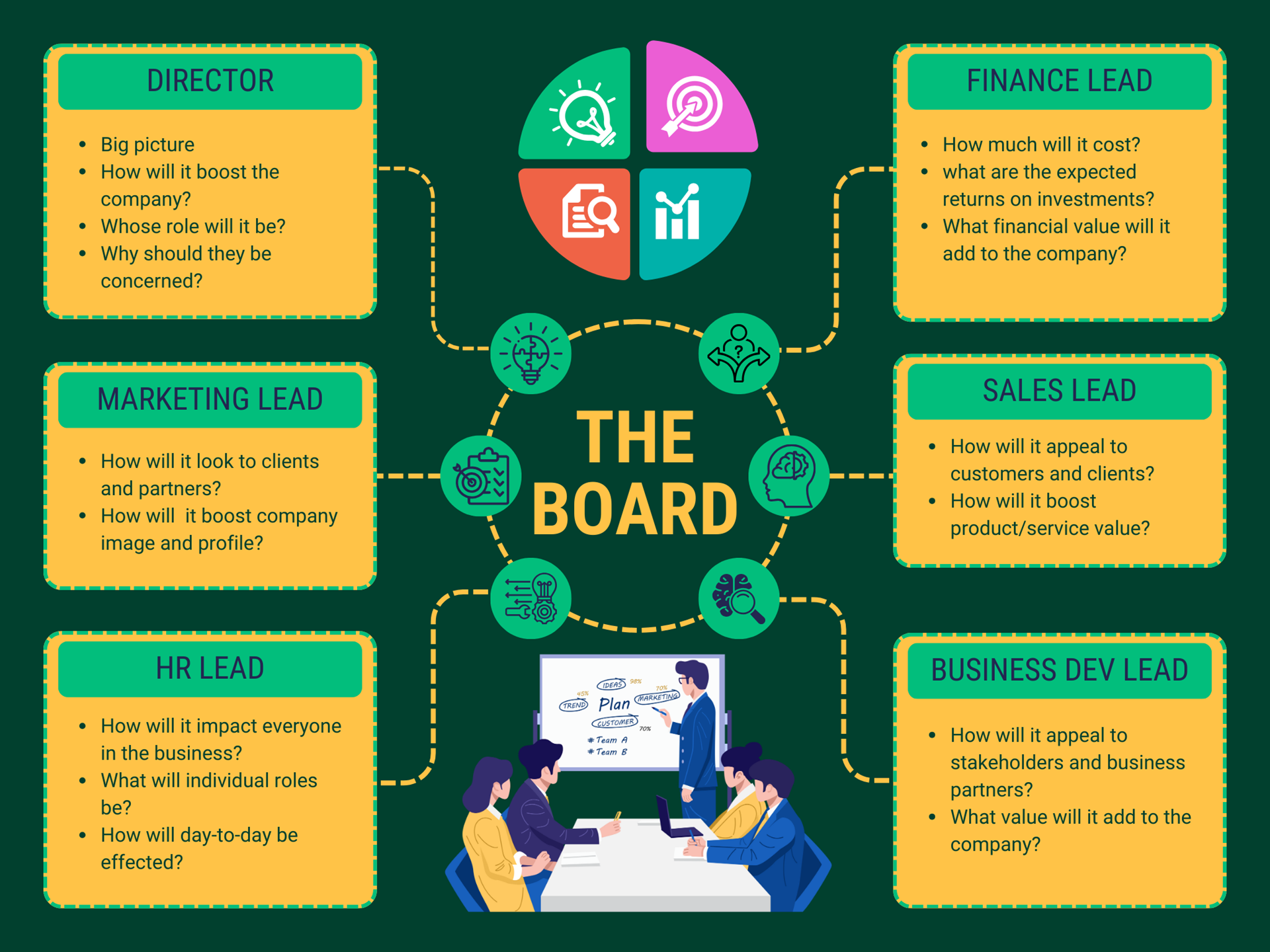Bringing sustainability to management: top tips to make changes at work
Read time: 3 minutes

Read time: 3 minutes

While sustainability and climate change have become prominent talking points, it might not necessarily be management and senior leaders driving this forward at your company. According to research from KPMG, a third of 18- to 24-year-olds have rejected a job offer based on the employer's environmental, social, and governance (ESG) credentials in favour of more environmentally friendly roles, a phenomenon known as “climate quitting.”
This suggests that, in some cases, it may be the employees in junior and non-management positions who are most concerned with changing and developing their company’s environmental performance. This can lead to frustration and climate quitting when these team members are not in a position to directly introduce company policies, needing to go through management to see these changes get approved. Collaboration and bridging the communication gap between teams and management is key here; so, how do you bring environmental issues to management?
Climate concepts can be quite tricky to grasp due to the magnitude of their reach and impact. As such, management isfar more likely to respond to detailed solutions, rather than complaints highlighting the existing problem.
For example: “We don’t dispose of our e-waste properly and it’s causing unnecessary waste which damages the planet.”
While this statement may be true, it instinctively triggers the response “what do you want me to do about it.” It’s become a problem on management’s plate, and one which they may not prioritise against financial targets, team KPIs, stakeholder engagement and more. Outlining the problem followed by an immediate solution is far more likely to engage your management as it shows you have taken initiative and thought about how you can work together to resolve the issue.
“We don’t dispose of our e-waste properly and it’s causing unnecessary waste which damages the planet. If we collaborate with this e-waste handler, they will provide us with two e-waste disposal points at our site which they will check monthly. We can then claim the carbon savings from the e-waste disposal and ensure our disused tech is properly repurposed by a professional team.”
Present them with solutions, not problems.
To engage with management teams, you will need to switch into their perspective and learn the lingo.
Start by considering who you are speaking to in the management team and what they care about. For example, your finance director will want to understand the costs and returns, the communication lead will be interested in how a new green strategy can be marketed to potential clients, and the business development manager will want to know how this could improve partnerships and help you stand out.
It’s a good idea to think about your board of directors and map out each of their drivers, blockers, and key focus points. See an example map below.


Positioning your environmental pitch in terms of what your competitors are doing is a good way to grab management’s attention.
If your competitors are already making serious moves in terms of sustainability, explain to your management that the organisation risks falling behind and losing its competitive edge, particularly in a market that’s increasingly concerned with the environmental credentials of a product or service.
If your competitors haven’t yet made any progress with their sustainability policies, then this is a reason to get moving and commit to progress before it becomes the norm. Being a first mover has many advantages, including a competitive edge on other organisations in your space, and a fresher narrative when you tell your climate story to customers, clients and stakeholders.
Leaning into the hidden benefits behind your pitch will appeal to management. Sustainable policies have benefits and impacts that stem beyond the climate.
Consider how your environmental suggestion could spin off into other teams and projects and what they might do for your company outside of its immediate results. Could a new sustainability strategy improve communications with your value chain and boost partner relationships? Will it change the way your organisation approaches the development of its product or service and inspire innovation?
Once you have a sustainability suggestion in mind, consider the broader company impacts this will have and bear this in mind when bringing your suggestion to management.
Green Economy offers a range of training and skills workshops designed to instil confidence in sustainability. Find out more here.
Share